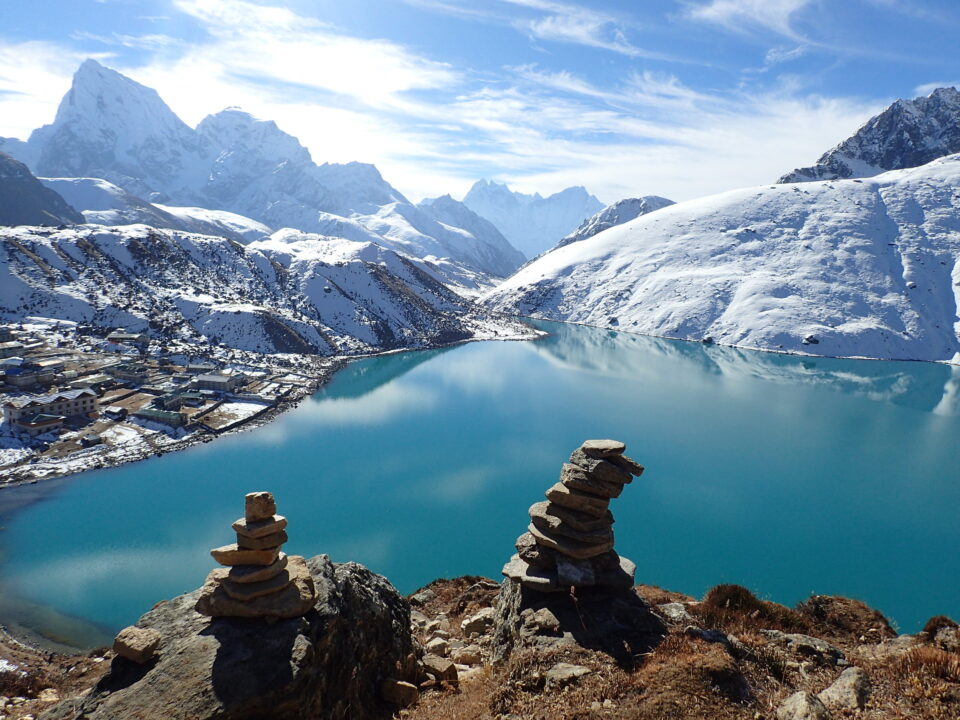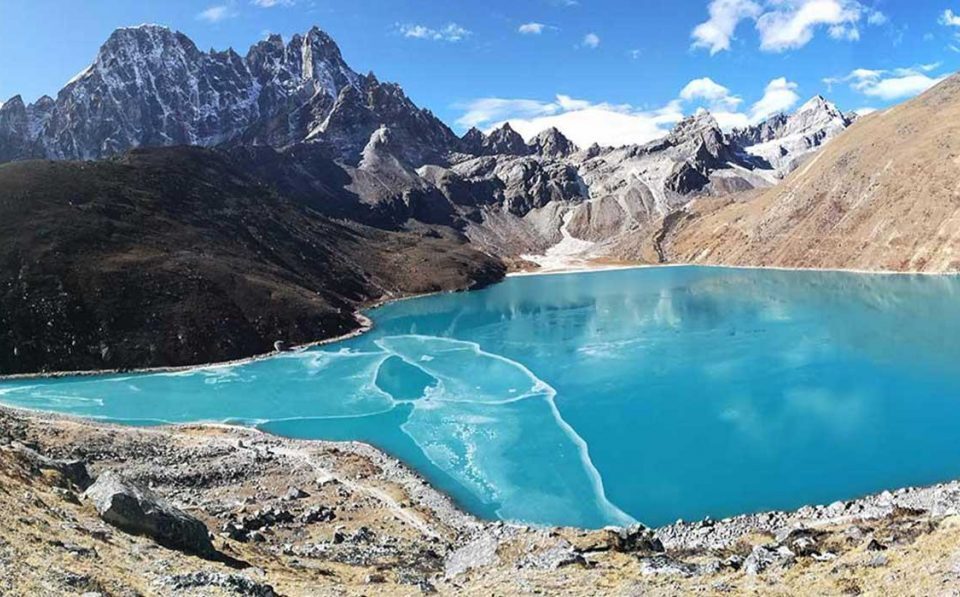Chitwan National Park: A Sanctuary of Wildlife and Adventure
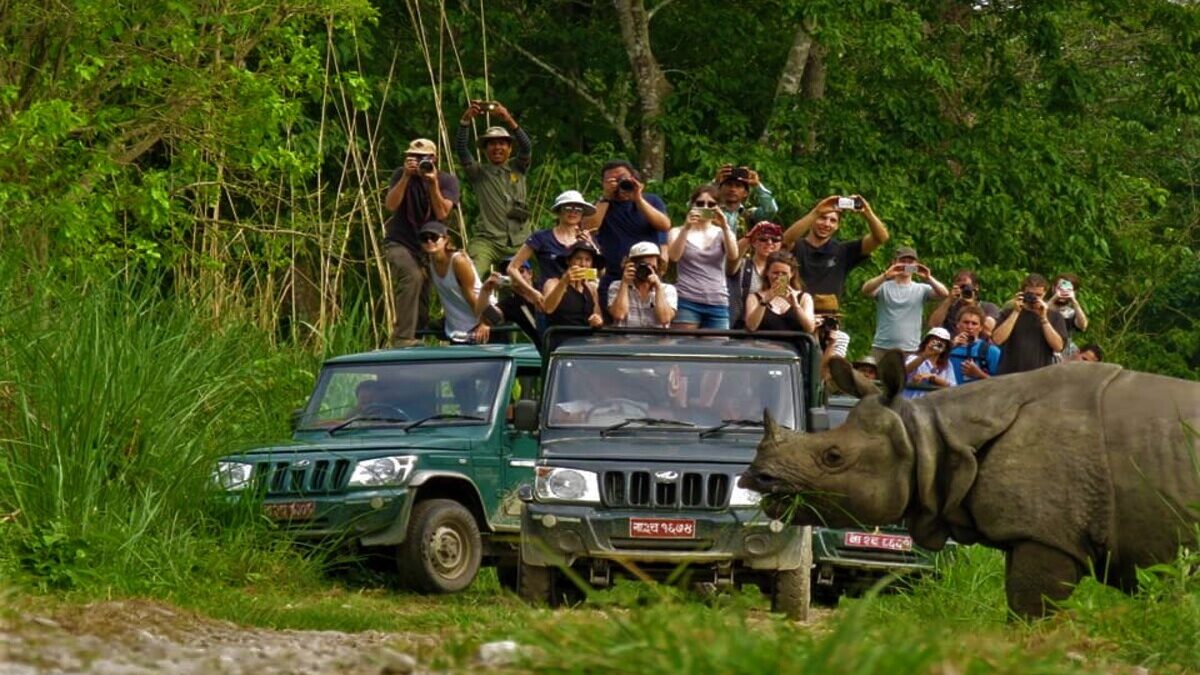
Chitwan National Park: A Sanctuary of Wildlife and Adventure
Chitwan National Park: A Sanctuary of Wildlife and Adventure
Chitwan National Park, located in the heart of Nepal, stands as a beacon of natural beauty and biodiversity. Established in 1973 and designated a UNESCO World Heritage Site in 1984, this park is not only Nepal’s first national park but also one of the best wildlife-viewing destinations in Asia. Spanning over 932 square kilometers of lush subtropical forests, marshlands, and grasslands, the park is home to an impressive array of flora and fauna, including several endangered species. Here’s everything you need to know about visiting Chitwan National Park, from its wildlife and activities to conservation efforts.

Wildlife in Chitwan National Park
Chitwan National Park is renowned for its diverse ecosystem and is one of the few remaining undisturbed vestiges of the Terai region. The park shelters more than 700 species of wildlife and a not insignificant number of bird species.
- Royal Bengal Tigers: Chitwan is one of the best places in Nepal to spot the majestic Royal Bengal tiger. While these magnificent creatures are elusive, the chances of sightings increase during the drier months when they venture out to water sources.
- One-horned Rhinoceros: The park is one of the last strongholds for the Greater One-horned Rhinoceros. A safari through the park provides a unique opportunity to see these endangered giants up close.
- Elephants and Gharials: Other notable wildlife includes Asian elephants, gharial crocodiles, and if you’re particularly lucky, the elusive leopard.
- Bird Watching: Chitwan is also a paradise for bird watchers, with over 500 bird species, including the Bengal florican, giant hornbill, and black-chinned yuhina. The best time for bird watching is during the spring and autumn migrations.
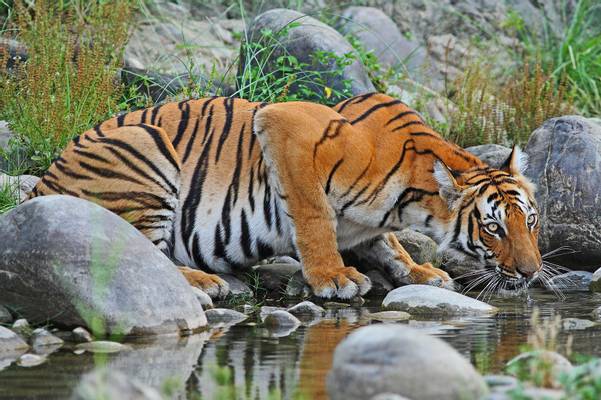
Activities in Chitwan National Park
Chitwan offers a plethora of activities designed to suit every type of traveler, ensuring a memorable experience that combines adventure with the natural world.
- Elephant Safaris: Although controversial and becoming less common due to ethical concerns, elephant safaris have traditionally been a popular way to explore the dense parts of the forest.
- Jeep Safaris: A more ethical alternative to elephant rides, jeep safaris allow for deeper penetration into the forest and higher chances of encountering wildlife in their natural habitat.
- Canoe Rides: Glide down the Rapti River on a traditional dugout canoe for a serene experience and the opportunity to see aquatic birds, crocodiles, and even, occasionally, rhinos bathing in the water.
- Jungle Walks: Guided jungle walks offer the chance to experience the subtler details of the ecosystem at your own pace, from examining plant species to spotting butterflies and insects.
- Cultural Tours: Visit the nearby Tharu villages to learn about the local indigenous communities and their way of life, which remains deeply connected to the forest.
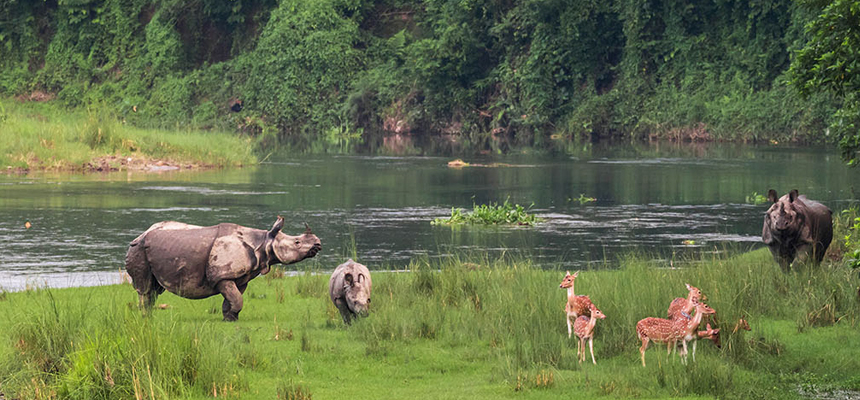
Conservation Efforts
Chitwan National Park is a testament to successful conservation efforts in Nepal. The park’s strategies involve community participation and integrating the needs of wildlife and local people to combat poaching and deforestation.
- Community Involvement: Local communities are involved in tourism, which has turned them into active participants in conservation efforts. Revenue from park fees contributes to community welfare and development projects.
- Wildlife Rehabilitation Programs: Programs focusing on the breeding and rehabilitation of endangered species, such as the vulture breeding center and gharial conservation program, are pivotal in maintaining the biodiversity of the park.
Tips for Visiting
- Best Time to Visit: The best time to explore Chitwan National Park is from October to March when the weather is cooler and visibility is at its best. The monsoon season, from June to September, is less ideal due to heavy rains and flooding.
- Getting There: Chitwan National Park is accessible by road and air. It’s approximately a 5-hour drive from Kathmandu or a short flight to Bharatpur Airport followed by a brief drive.
- Respect Wildlife Guidelines: Always respect wildlife guidelines; maintain a safe distance from animals, refrain from feeding wildlife, and use quiet voices to avoid disturbing the animals.
- Choose Responsible Tour Operators: Opt for tours and accommodations that practice and support sustainable tourism.
Conclusion
Chitwan National Park offers a rare blend of adventure, relaxation, and the opportunity to witness conservation in action. It provides a sanctuary not only for wildlife but also for travelers seeking to reconnect with nature. Whether you’re navigating through the tall grass on a jeep safari, floating down the Rapti River, or exploring local culture, Chitwan promises an unforgettable adventure imbued with the spirit of the wild.

